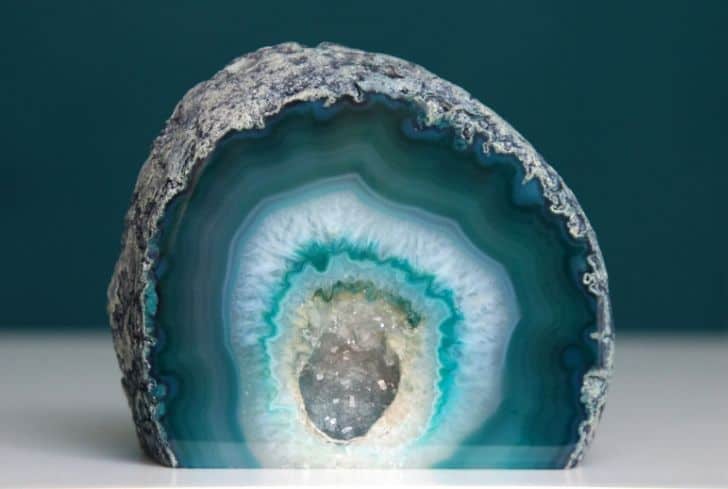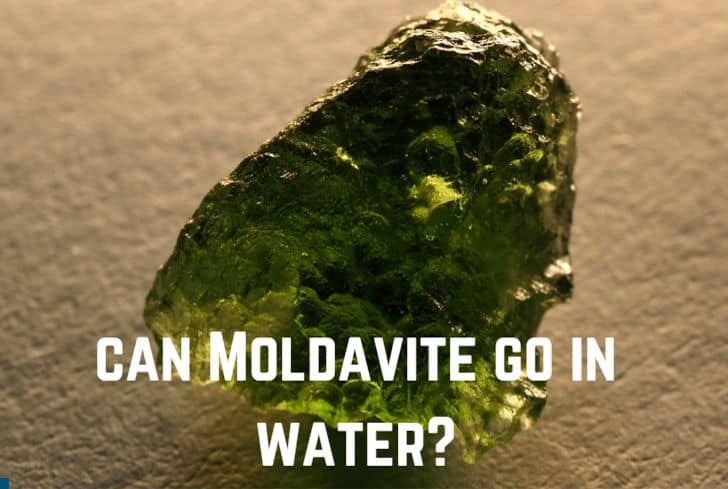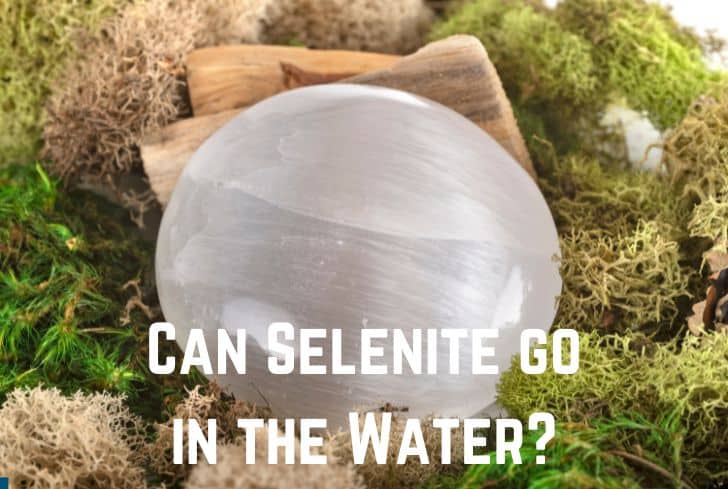Geodes: Formation, Types of Geodes and Where are They Located

As many would say, geodes are beautiful rocks with some wonderful crystal surprise waiting inside of it. Exciting, is it not? These are not just enjoyed by the geologists but common men too, love them! The reason behind it is really very simple. It amazes people that how a very simple looking rock could be so shiny, so precious on the inside. Also, not surprisingly, geodes have some wonderful uses. You could use it like a simple paperweight or even a bookmark if need be. You could also use it in elegant pieces of jewelry. What’s more, you could also decorate your house with them if you want to.
In the subsequent sections, we will learn how to define a geode, how they are formed, what their types are, and where they are actually located.
The basic question that we need to address before we can proceed any further is how we could define geodes. The word ‘geode’ has Greek origin, and it means, ‘earth-like.’ Thought to possess superior strength, geodes are very often considered to be powerhouses of energy. They are said to be controlling all the elements like air and water that surround us.
Geodes are said to be rock structures whose shape can be anything between spherical and subspherical. The unique thing about them is that the internal cavity of these rocks is lined with minerals. They have a very durable surface that protects them against weathering. In other words, it means that the outer mineral layer of the geodes is stronger and more durable than the host rock.
It is for this reason that they are shielded from weathering even when their surrounding bedrocks are weathering away. In fact, mostly, they remain completely intact. Sometimes their filling is so dense that they become ‘solid.’ Such densely filled geodes are also called nodules.
How are Geodes Formed?
Undoubtedly, geodes are one of the most spectacular feats of nature. It is only natural that we would want to understand how these magnificent rocks are formed in the first place.
Over the years, several geologists have come up with several theories pertaining to their formation. Here in this article, we will discuss the three most common processes. They are:
- Process like fossilization
- Sedimentation
- Volcanic activity
Let us study each process in further detail.
1. Process similar to fossilization. In this process, minerals are deposited in the cracks and cavities of some porous rocks. As time passes, the water then gradually dries out from these cavities while the minerals remain deposited inside. Over time, several layers of minerals deposit, and under pressure, these geodes are created.
2. Sedimentation is yet another process of geode formation. Sedimentary rocks like limestones and dolomites have some air-filled cavities in them. It is these cavities that facilitate in geode formation. These voids are formed when plant or animal remains present inside the sedimentary layers decay eventually. It is in these voids that the minerals are subsequently deposited and this leads to the formation of the geodes.
These geodes are smaller than the volcanic ones. The minerals that are generally deposited inside the sedimentary geodes are agate, opal, quartz, etc. Sedimentary geodes are easily obtained as their parent rock (limestone, shale, etc.), weather away more easily than the minerals (opal, agate, quartz, etc.).
3. Volcanoes can help in geode formation too. Geodes of volcanic origin are the most sought after. These are formed and found in and around the areas where volcanic activities can be seen. As the volcano erupts and the lava starts to flow, the lava gets deposited in the cracks of the land. As time passes, the lava cools down and solidifies. The lava contains several minerals like agate, quartz, opal, etc.
There are also several gases trapped inside the lava. As the lava solidifies, the gases trapped inside also get released. What remains inside are the mineral deposits. Gradually, the rocks are formed with mineral deposits inside them. Thus volcanic geodes come into existence. Geodes of the volcanic origin are some of the largest and most conspicuous.
Types of Geodes
As is very visible through the article so far, there are several types of geodes that can be found. The classification can be made on two different grounds, namely:
- Classification by the process of formation.
- Classification by the mineral found inside.
On the basis of these two categories, there can be various types of geodes. They are discussed in further detail below.
Classification by the process of formation
On the basis of the process of formation, geodes are divided into two types:
- Volcanic Geodes: These are the geodes that are formed in and around the areas of volcanic activities. The lava that cools down and buried inside the surface of the soil gets its mineral deposits as the underground water around it evaporates. Over time, the mineral deposits increase, and then the geodes are finally formed and are ready to be discovered. These are larger in size.
- Sedimentary Geodes: These are the geodes that are formed by the process of sedimentation. As the riverbanks receive a fresh deposit of sediments and also minerals, the new layers create tremendous pressure on the lower sediment layers. With the help of this pressure, the sedimentary rocks are created along with some mineral deposits inside them. Thus, sedimentary geodes are born.
Classification by the mineral found inside the Geode
On the basis of the mineral found inside the geodes, they can be classified into five main types:
- Amethyst Geodes: Said to promote peace of mind, amethyst geodes are simply beautiful to look at. These geodes, as indicated by the popular mineral, amethyst.
- Quartz Geodes: One of the ideal gemstones, quartz, is one of the most abundant minerals on earth. Because of their distinct physical and chemical properties, these gemstones are also very popular.
- Calcite Geodes: Calcites are known to have very powerful healing powers. As is evident from the name, the calcite geodes are filled with this healing mineral.
- Citrine Geodes: Citrine is said to be closely linked with the spiritual aspects of our lives. These bright yellow geodes are really pretty to look at and form one of the most important geodes.
- Agate Geode Eggs: These beautiful, banded, blue geodes are not just magnificent to look at, but they also possess magical healing powers. Mainly found in Brazil, these geodes have two main powers. One of healing, and the other of truth. Together, it becomes one of the most powerful geodes. They have the ability to stimulate and propagate creative thoughts through its user.
Where are Geodes Located?
There are various places where geodes can be found. The main countries are as follows:
- Namibia
- Mexico
- Brazil
- Spain
The largest geode that has ever existed is found in Almeria, Spain. The cave has giant crystals of gypsum. The dimensions of this geode are enormous. It is 8 meter in height, and has a cavity that measures 1.8 meter by 1.7 meter. The entrance of the cave has been blocked by the police using rocks weighing approximately 5 tons so that robbery can be prevented.
The Cave of Crystals in Chihuahua in Mexico is equally magnificent. This giant geode is worth taking a look at. The selenite stacks are so huge that human beings appear to be tiny in its comparison.
Apart from these locations, geodes are also found in several locations across the United States. Namely:
- Utah
- Indiana
- Iowa
- Ohio
- Kentucky
- Missouri
Conclusion
In the end, it can be said that geodes are amazing feats of nature. They may appear plain on the outside, but they are precious on the inside.
Resources:






